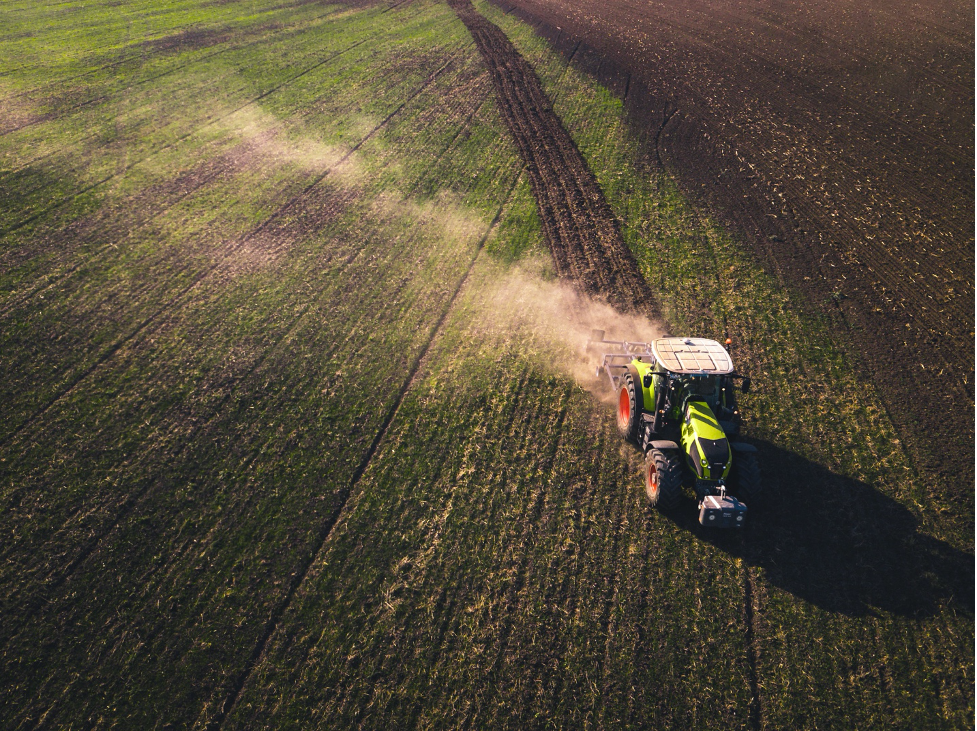From the food we eat, to the clothes we wear and the air we breathe – healthy soil is necessary for environmental and human health. If you’re a farmer, it’s also essential to your business and livelihood. In fact, in Australia soil directly contributes around A$63 billion each year to our economy through agriculture production alone.
One of the biggest contributors to soil degradation is soil tilling, which is why a growing number of farmers are ditching this approach in favour of a less disruptive method. By adopting ‘no-till or ‘minimum-till’ practices, farmers are reaping a range of benefits. But, more on that later…
What is the no-till method?
First, let’s look at the difference between tilling and not-tilling.
Tilling the soil, also known as tillage, is the conventional way of preparing soil for planting by digging, stirring, and turning it over. Typically, this process destroys unwanted plants in the process and leaves behind a barren soil. Over time, tilled soil becomes infertile – which has led to the estimate that all fertile soil will be gone within 150 years. Yikes!
The no-till approach seeks to leave as much of the soil undisturbed as possible to retain moisture and prevent erosion. Seeds are planted through the remains of previous crops by planters that cut through the soil and place the seeds. So, how can this benefit farmers?
Pros of the no-till farming method
Some of the pros of no-till farming include:
- Less soil erosion: by not disturbing the soil through ploughing and tilling, the soil structure remains intact and more resistant to erosion caused by adverse weather.
- Lower fuel and labour costs: fewer passes across the field will save farmers time and money. It’s estimated to decreases fuel expenses by 50-80% and labour by 30-50%.
- Water conservation: it leaves crop residue on the surface, which absorb water and limits runoff. This water retention can be a blessing to farmers in drought-stricken areas.
- Good microbes and insects are left undisturbed: organisms can happily establish their populations and make a meal out of the soil’s organic matter, which is crucial for nutrient cycling and lessening plant diseases.
- Less greenhouse gas emissions: when soil is ploughed, it exposes the carbon components to oxygen in the atmosphere in turn reacting to form carbon dioxide that contribute to global warming.
Cons of no-till farming
Min-till farming isn’t always a bed of roses. Below are the main cons to consider:
- Initial cost of no-till equipment: the high initial cost of equipment can deter many. But it’s often recouped through higher crop yields, labour and fuel savings.
- Possible increased number of chemicals: a lack of tilling can mean no mechanical control over weeds. Therefore, some farmers use an increasing number of chemicals to eliminate them.
- It takes time to reap benefits: it can take at least three or four years to see the results of no-till faming, because the soil needs to regain its natural structure due to tilling damage.
- Low popularity: if more farmers prefer to stick to conventional tillage, it makes it difficult for those wanting to switch. The rate of new developments and products would likely increase if a greater number of farmers demanded no-till equipment.
Insurance solutions for farmers
If you’re a farmer looking to make a change from the ground up, we can help you get the right insurance solutions for your shiny new, no-till machinery.
At Western General Insurance we have access to market leading cover and work closely with farmers to support them should the unexpected occur. Contact us today to find out more.

